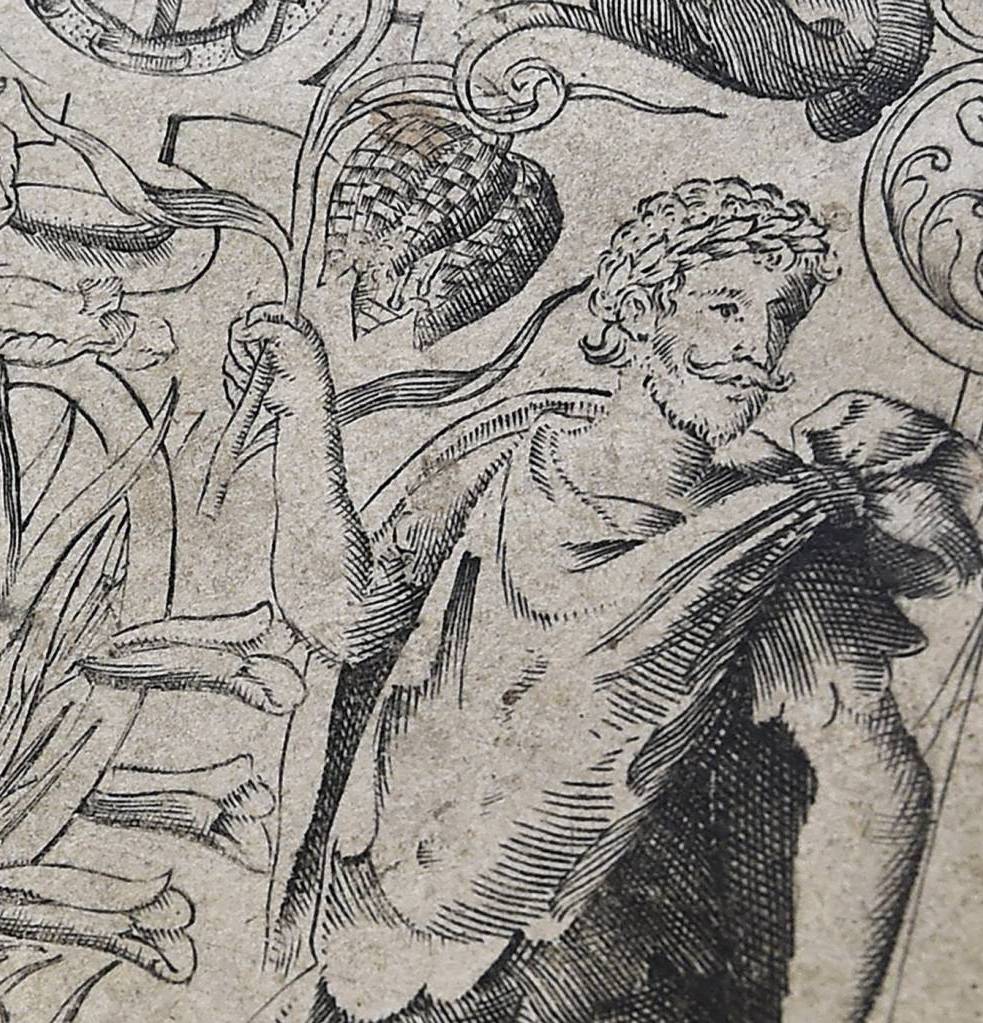True face of Shakespeare? Botanist says he cracked ancient code to find bard portrait
A historian has revealed what he claims is the first portrait of William Shakespeare created in his lifetime. The image, said to show the bard “with a film star’s good looks,” was identified by Mark Griffiths in the first edition of a 16th-century book on plants called “The Herball.” The botanist and historian said he cracked a many-layered Tudor code, which revealed the face in an engraving on the title page of the book. A Latin cipher “of the kind loved by the Elizabethan aristocracy,” which is part of the engraving, was decoded to read “William Shakespeare.”
At first, I found it hard to believe that anyone so famous, so universally sought, could have hidden in plain sight for so long.
Botanist and historian Mark Griffiths
The drawing shows a handsome bearded man with a laurel wreath around his head and an ear of sweet corn in his hand. The sweet corn and a fritillary — a flower in the lily family — are said to be references to Shakespeare’s earliest printed poem, “Venus and Adonis,” published in 1593, and earliest printed play, “Titus Andronicus,” from 1594. The laurel wreath is said to be a reference to Apollo and the classical poets he inspired. At 1,484 pages, “The Herball,” written by pioneering botanist John Gerard, is the largest single-volume work on plants published in English.
This is the only known verifiable portrait of the world’s greatest writer in his lifetime. It’s an absolutely extraordinary discovery. Until today, no one knew what he looked like in his lifetime.
Mark Hedges, editor of Country Life magazine, which revealed the claimed discovery

Arts Shakespeare portrait